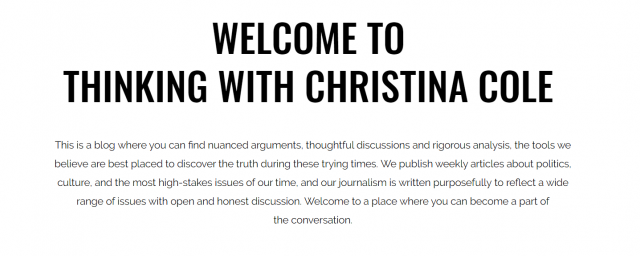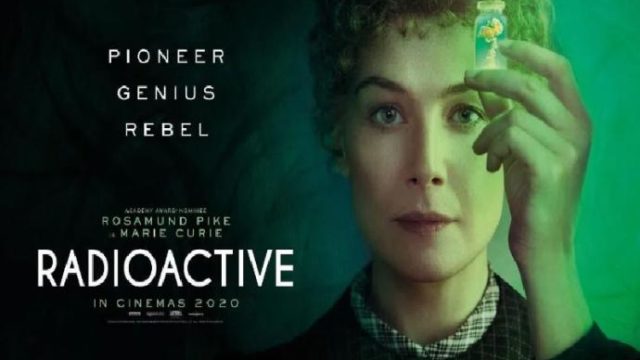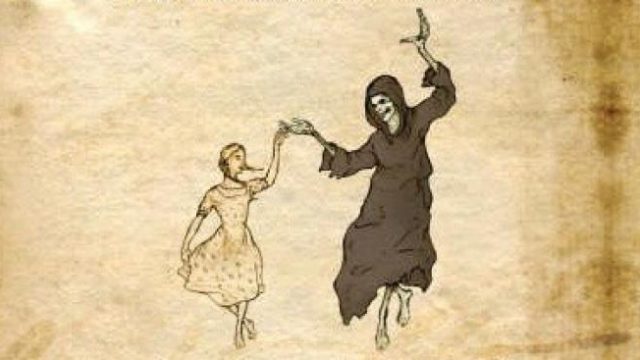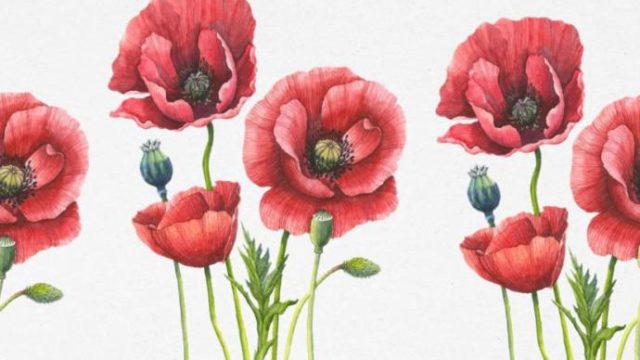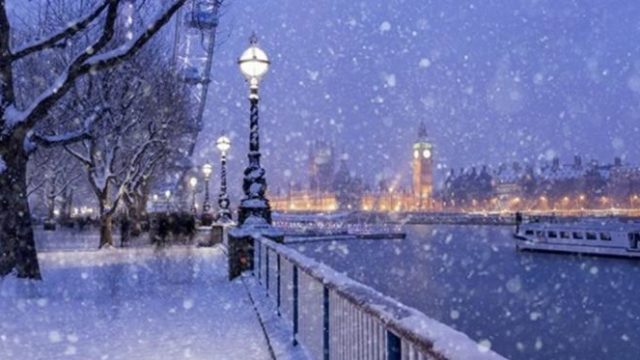iPaulina
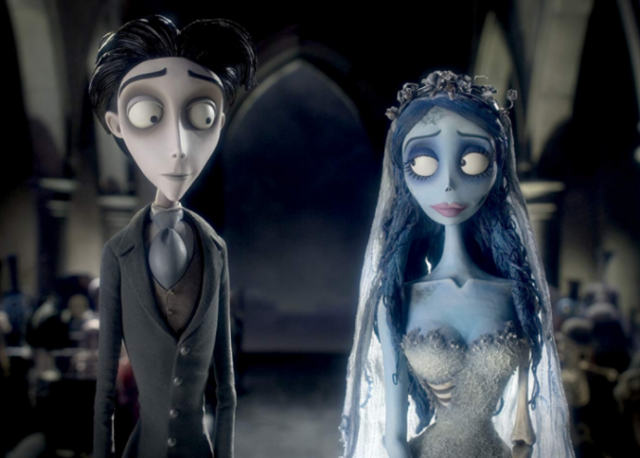
The Race Problems in Horror Films
Why is fear so often linked to race?Horror is a genre that profits from fear. Whilst gothic horror was developed first by figures such as Edgar Allan Poe, the genre has changed and adapted to the times, trying to find what makes us frightened. In film and popular media, there are some classic fear devices, and usually some suspense, monsters and gruesomeness thrown in.
Yet, there are quite a few problems with the genre: for example, the repeated racial casting of certain character tropes. It’s hard to criticise this genre because of its very nature: using shock factor to scare. But aren’t there some things that should be treated with more thought and sensitivity? Murderous psychopaths are all very well, but is racism?
One visible trend in the classic images of horror is pale or pallid skin – think ghosts, witches, vampires, and zombies. Pallor here is associated with fear and death – but aren’t fear and death universal? Tim Burton, a director famous for his quintessential pale, gothic characters with large eyes, was recently challenged for almost all his cast over his entire career primarily featuring white characters.
Trying to defend this, he said that “things either call for things, or they don’t” and that he wasn’t going to try to be “politically correct”. He also implied that people of colour don’t fit his “aesthetic”.
However, whilst he clearly has his vision for how he wants his films to look… race shouldn’t be part of it. None of his films address race as a theme or topic, so his decision are clearly based on no reason other than skin colour. And not including a group simply because of their skin colour is called… racism. He has had decades of success – he could easily have made space for them in his career and aesthetic.
Another very frustrating thing is that many of his films are animated, so it was irrelevant whether the voice actors looked like the characters on screen. Burton is making excuses. His demographic includes all sorts of people, and they deserve their existence being acknowledged.
Whilst Burton refuses to be “politically correct”, there are seemingly worse problems with trying to ignore the presentation of race in the horror genre. Over the past 50 years of horror, token black characters have usually been the villain or “the first ones to die” – suggesting to the audience that black people are dispensable or a threat. This trope has been repeated time and time again and is a cheap fear-building tactic that utilises a subconscious fear.
This ties in with the trope, seen in Edgar Allan Poe’s famous horror stories, of the “helpless maiden” – a white girl with few lines who needs saving (by a man). The problem is that in many modern horror movies they are being saved from the single black character. The monsters or dangers in Allan Poe’s stories have been switched with black characters in modern horror films.
The crucial thing is that ghosts and ghouls don’t exist, but people of colour do, so whilst showing gore or ghosts hurts no-one, planting negative ideas about minority groups is genuinely harmful and has real world consequences. Don’t confuse fiction with reality.
The “frail damsel in distress” has been used as a real-world tool to ignite fear against people of colour, or “the Other”. So when white women in America feign fear and call the police on black men, it’s the same old narrative. We know who saves the day in the films, after all.
A repeated trope in gothic novels is the idea of the evil “Other” – fear is a tactic. So, when you cast people from “elsewhere” as villains, you are using them to unnerve people. This is a constant throughout horror – Dracula was Eastern European to match the fears at that time (ironically this led into the vampire/pale stereotype which Burton now uses to exclude actors of colour); many colonialist films vilify indigenous people; and many, many villains are coded as Jewish or gay stereotypes. So, as the genre evolves, it’s not a surprise that the villains evolve too, to reflect whom this society is afraid of…
I would argue that in all-white horror films, such as Burton’s, the paleness of the characters makes them “scary” but not the villain necessarily.
I think both Tim Burton’s lack of diversity and the racial stereotypes in gothic films stem from the fact that horror is a very white industry, without many directors or actors of colour. Tropes in the form of both “aesthetic” white protagonists and black-cast villains block the genre off from actors of colour.
The horror genre has been exclusively white led for a long time now, and it’s kind of showing. The narratives it pushes can be seen in real life; it affects and reflects reality, and we should be paying attention to that.
By Eleanor VI
